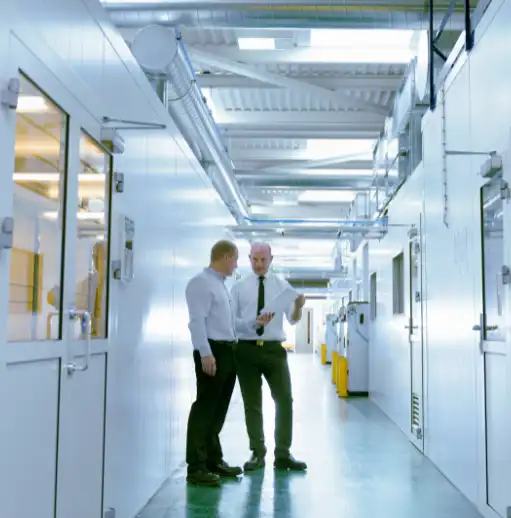In episode 358, host Mike Petrusky speaks with Sabrina Pagani, principal and interiors practice leader at AECOM. They talk about the importance of trust and giving people freedom and clear objectives when creating thriving environments. They also explore how facility management leaders must cut through the noise and focus on the essential aspects of human behavior and needs when designing spaces. Pagani believes that the physical environment is crucial for human connection, but it must be integrated with policies, procedures, and behaviors to enhance its effectiveness. She shares how neuroscience and data are beginning to inform design practices, helping to understand how the environment affects human emotions and behavior.
Agenda
- Importance of adaptability and trust when creating environments
- Integration of technology and human connection when designing spaces
What you need to know: Workplace takeaways
Takeaway 1: The built environment must be designed with human connection and adaptability in mind, blending physical and digital elements to enhance work experiences
To ensure an environment enhances human interactions and well-being, “Place can’t be thought of as separate from policies, procedures, and behaviors of the people that occupy it,” Pagani says.
She suggests breaking free from conventional conference room layouts to create more adaptable and interactive spaces. For example, having built-in seating around the edges and open areas in the center for standing conversations.
It’s important to also incorporate data and neuroscience into the design because, “We are affected by color, we’re affected by light, we’re affected by noise. We’re affected by placement in the space.”
She believes that understanding these impacts through scientific study will lead to better-designed spaces that speak to our human needs, even as we increasingly engage in digital and AI-driven environments.
Takeaway 2: Technology, particularly AI, can enhance human collaboration and creativity by breaking down silos and expanding the scope of expertise
Pagani shares insights from a Harvard Business School study: “One was allowed to use AI in their work, and the other one wasn’t. The team that wasn’t allowed to use AI was very singularly minded about the way they solved the problem.” In contrast, the team using AI “crossed boundaries.”
Her takeaway: AI facilitates more diverse and collaborative problem-solving approaches.
She also stresses the importance of using technology to help us be more human. She encourages teams to leverage AI and digital tools to reach out to different experts and break down silos, leading to more innovative and comprehensive solutions.
“In this case, AI was creating human connections. It was helping people get beyond the boundary of knowledge that they had to reach out to others.”
Takeaway 3: Trust and clear objectives are foundational to creating thriving work environments, and admitting when something is broken is crucial for adaptation
“Everything begins with trust and giving them freedom and clear objectives is really the beginning of creating these wonderful environments that people can thrive in,” she says. She notes that placing trust in people and giving them the freedom to operate within clear goals fosters a positive and productive work culture.
She also points to the importance of being open to change. “Don’t be afraid to admit when something is broken because you have to adapt but not settle,” she says.
Workplace management insights
- Trust and giving people freedom and clear objectives is essential for creating thriving work environments.
- It’s crucial to focus on the true problem when designing spaces to ensure they meet the needs of the people who use them.
- Physical space plays a significant role in human connection and the integration of physical and digital environments.
- Neuroscience helps us understand how the built environment affects human behavior and emotions.
- AI has the potential to break down silos and encourage cross-disciplinary collaboration, leading to more innovative solutions.
- Adaptability in workplace design, including the use of flexible furniture, is important to signal different ways of interacting.
- Maintaining a balance between the human and robotic aspects of the workplace is essential, with a focus on preserving human elements in an AI-driven world.
Take the Eptura™ Podcast Survey for your chance to win swag and then do a deep dive into more workplace insights by exploring all Workplace Innovator podcast episodes.





